Technique
Master Gas Chromatography (GC) principles with our expert-designed training. Learn how to use internal standards for accurate quantification and ensure system suitability for reliable results. Explore sampling techniques, including headspace, split/splitless injection, and thermal desorption, to optimize your analyses. Gain experience with practical video tutorials on GC instrument setup, covering injector, column, and detector configurations. Understand temperature programming, including isothermal and gradient methods, to improve resolution and peak separation. Ideal for professionals in pharmaceuticals, petrochemicals, food safety, and environmental analysis, our interactive courses provide real-world applications, troubleshooting tips, and quizzes to enhance your expertise. Start learning today to refine your GC techniques and achieve precise, reproducible results.
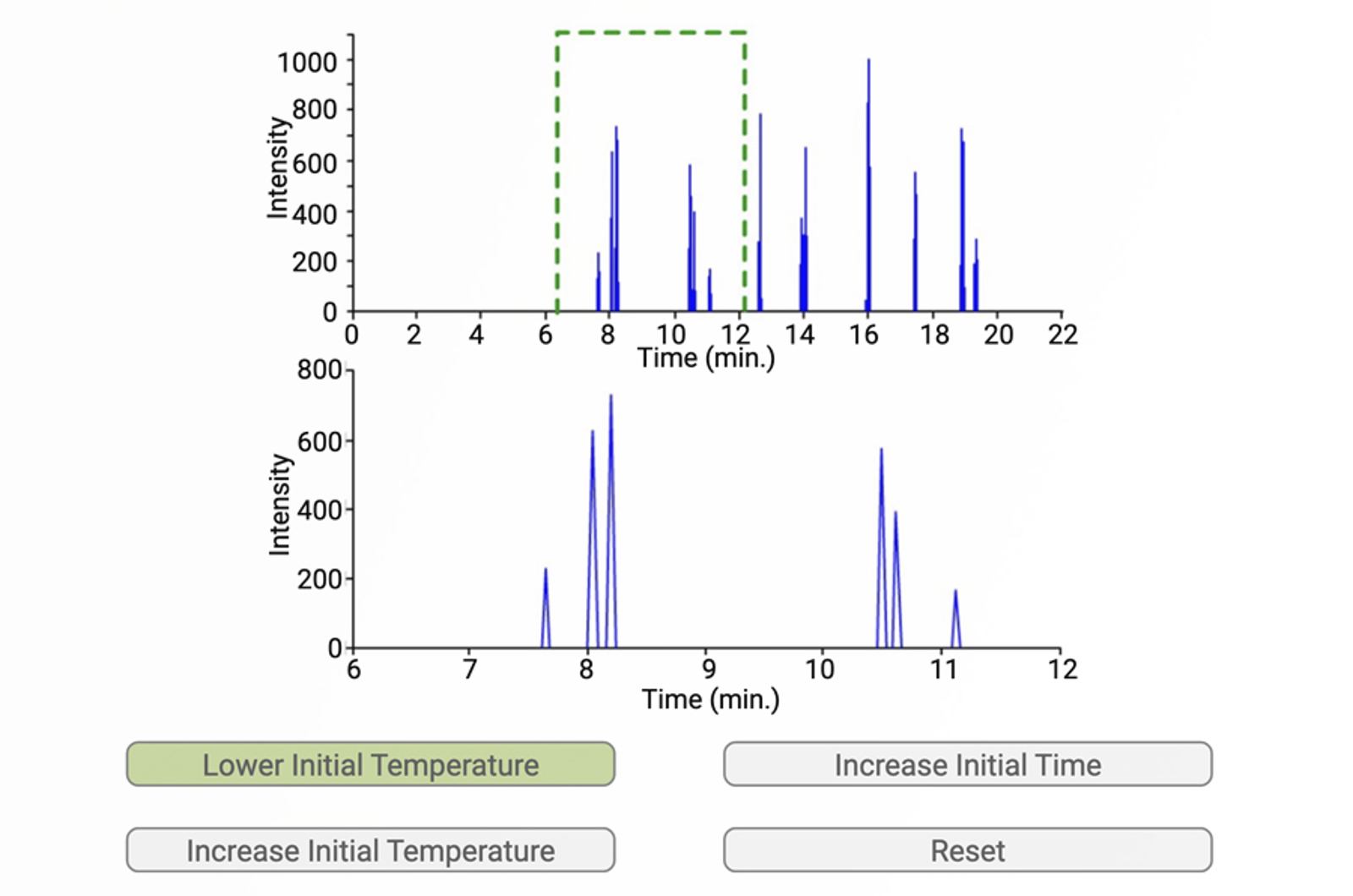
GC Temperature Programming
The aims of this module include illustrating the relationship between temperature and retention in GC.
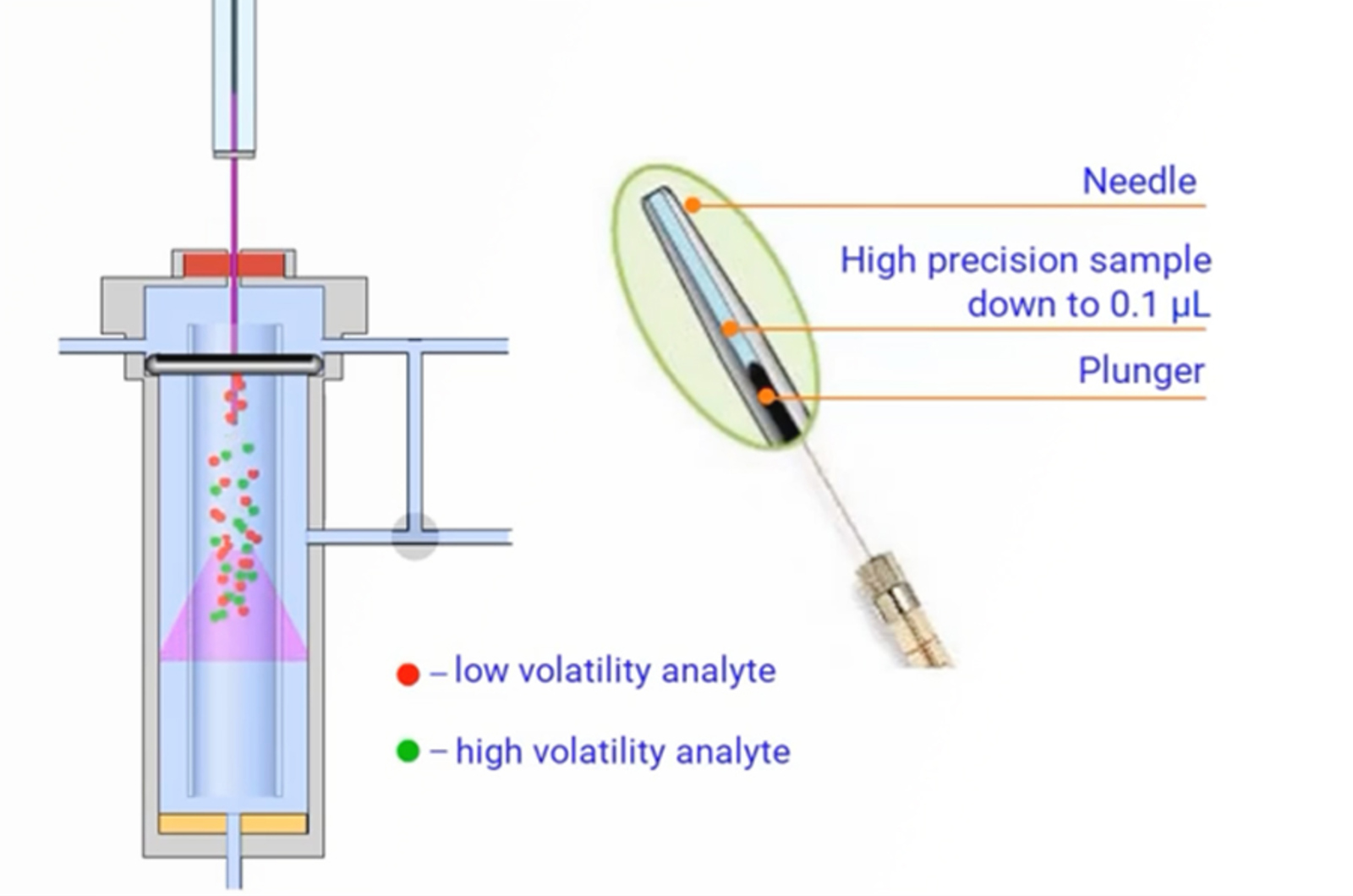
GC Sampling Techniques
The aims of this module include investigating the various sampling techniques available for GC analysis. We will give a detailed description of manual injection and injection troubleshooting and describe the use of autosamplers to increase sample capacity, accuracy, and precision. The principles, primary operating parameters, and practical implementation of a series of sampling techniques are also explained.
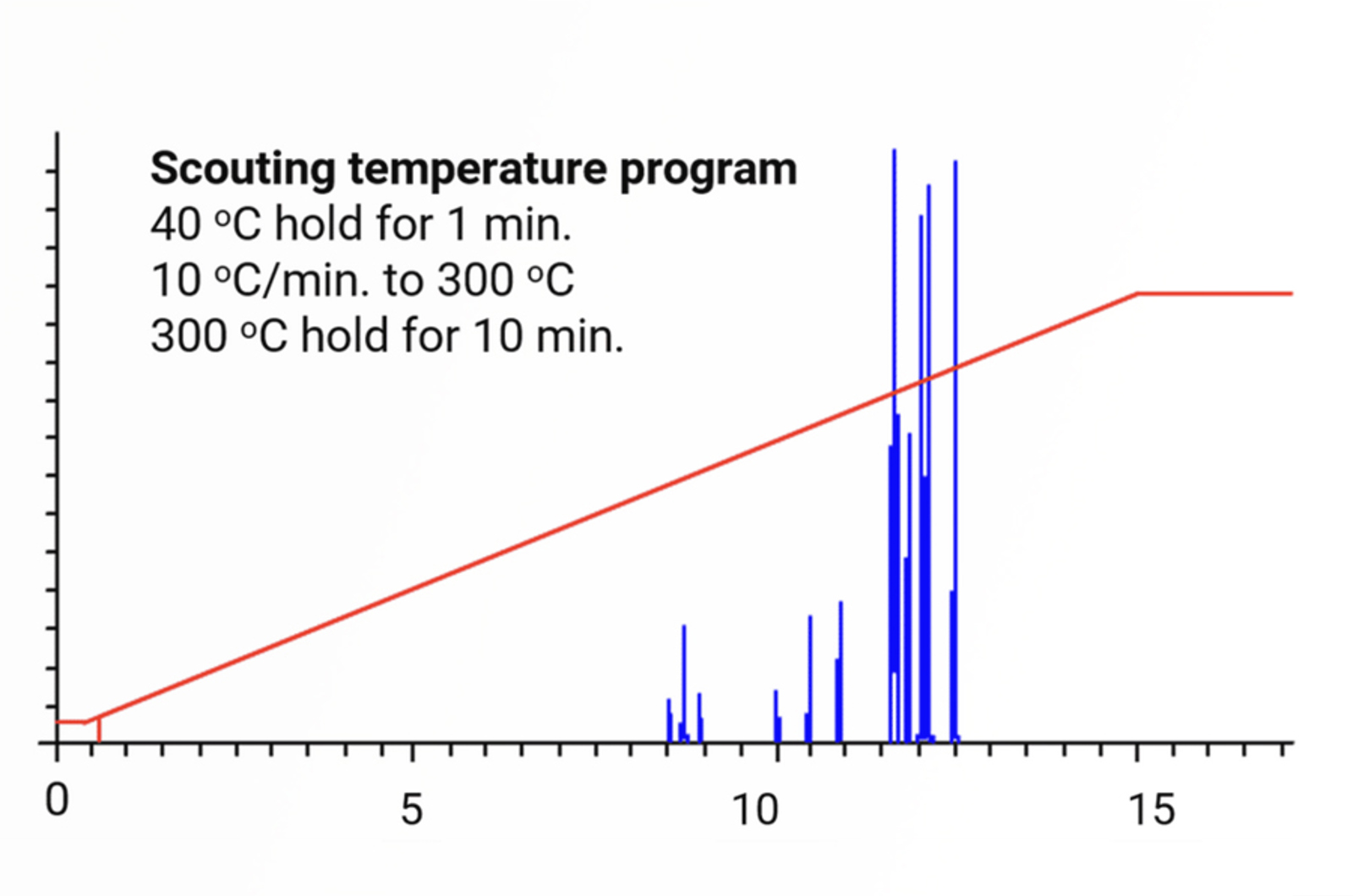
Optimizing GC Temperature Programming
We want to share with you some tricks of the trade to enable you to understand and optimize your temperature programmed gas chromatography.
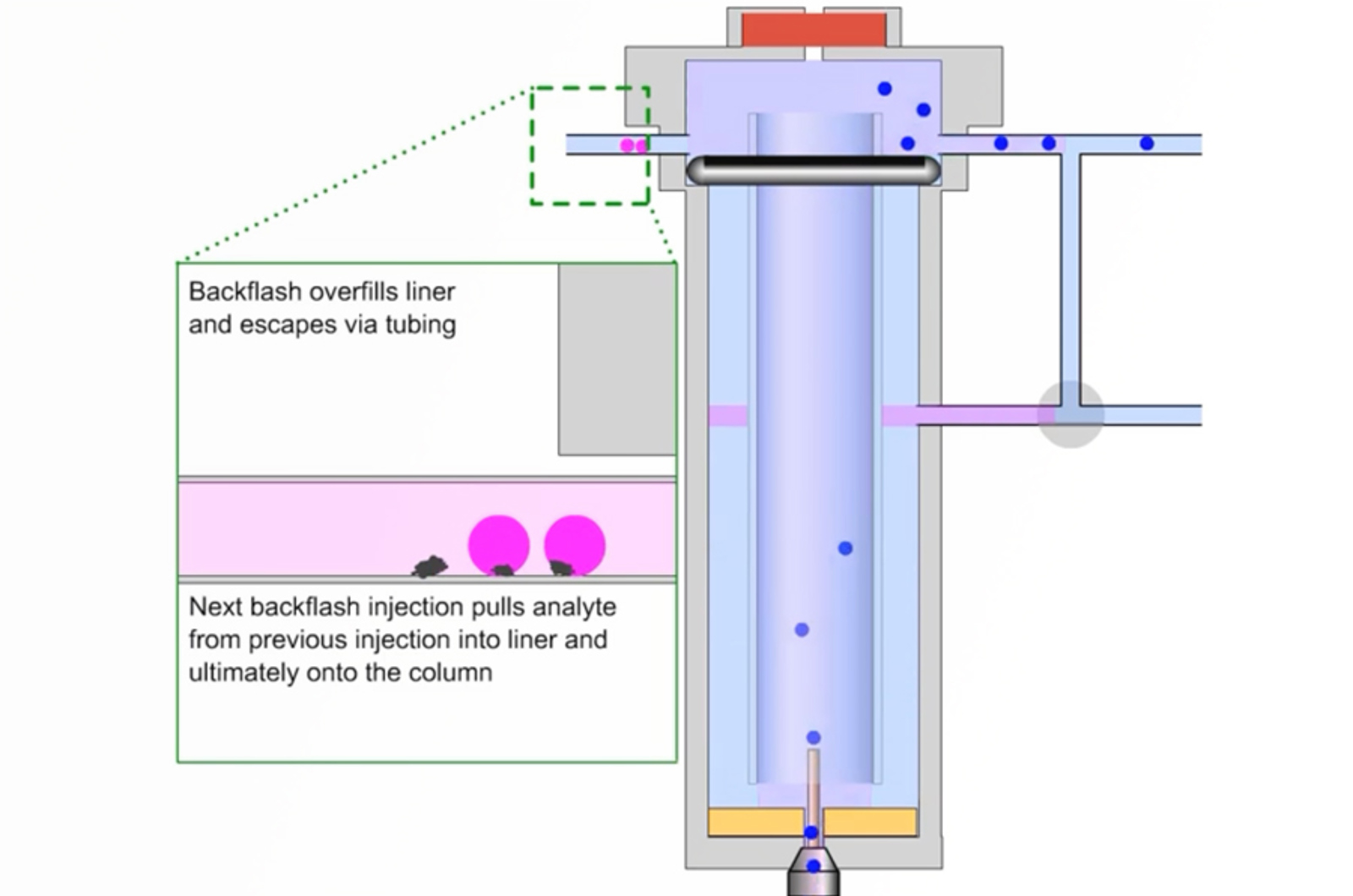
The Why, What, and How of Headspace GC
Everything you need you need to know about headspace GC in this quick guide.
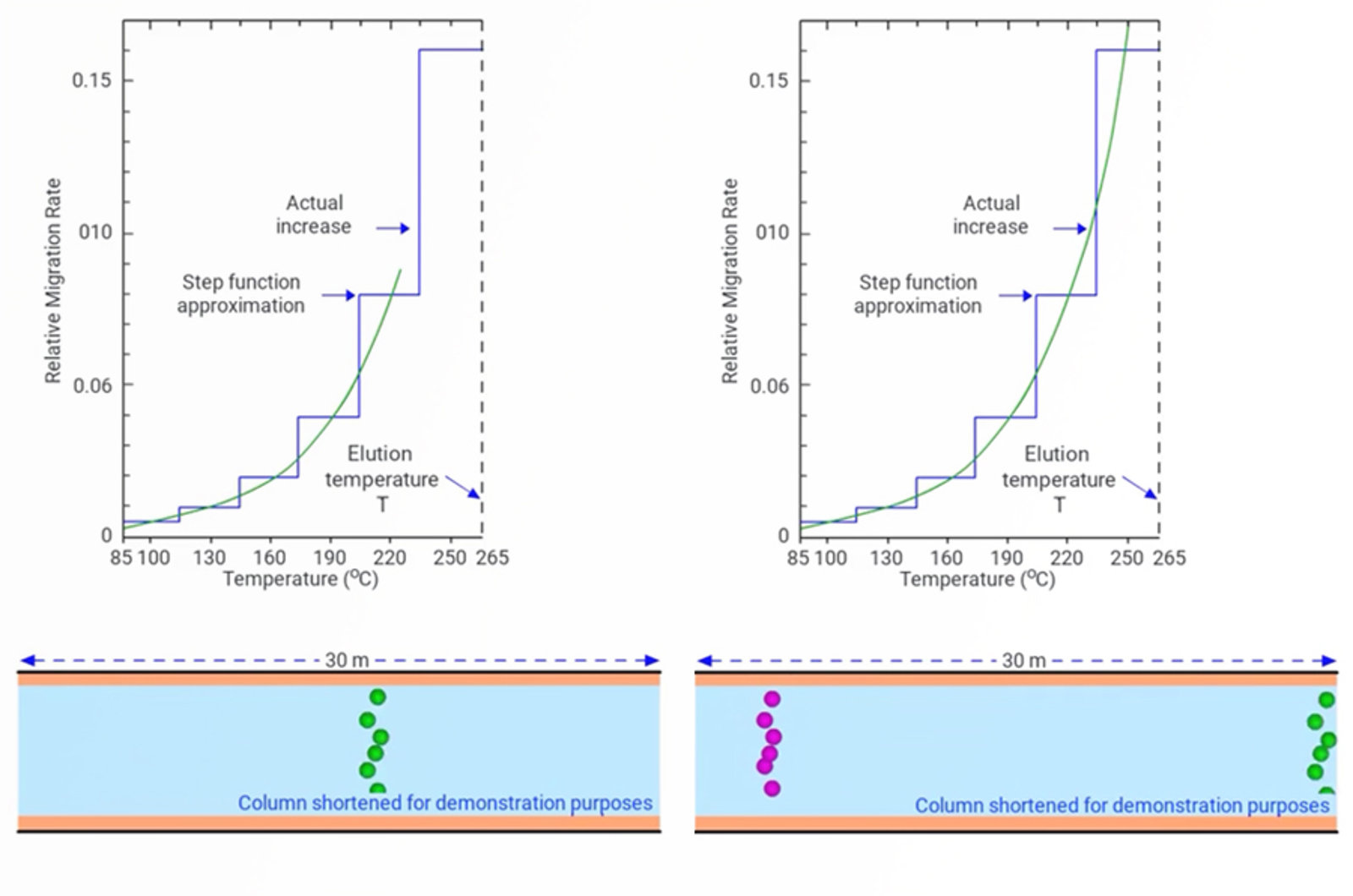
Tips and Tricks for Successful GC Temperature Programming
This webcast focuses on providing you with tips and tricks for successful GC temperature programming. We will give you further insight into the advantages of using temperature programming, and how to successfully develop methods.
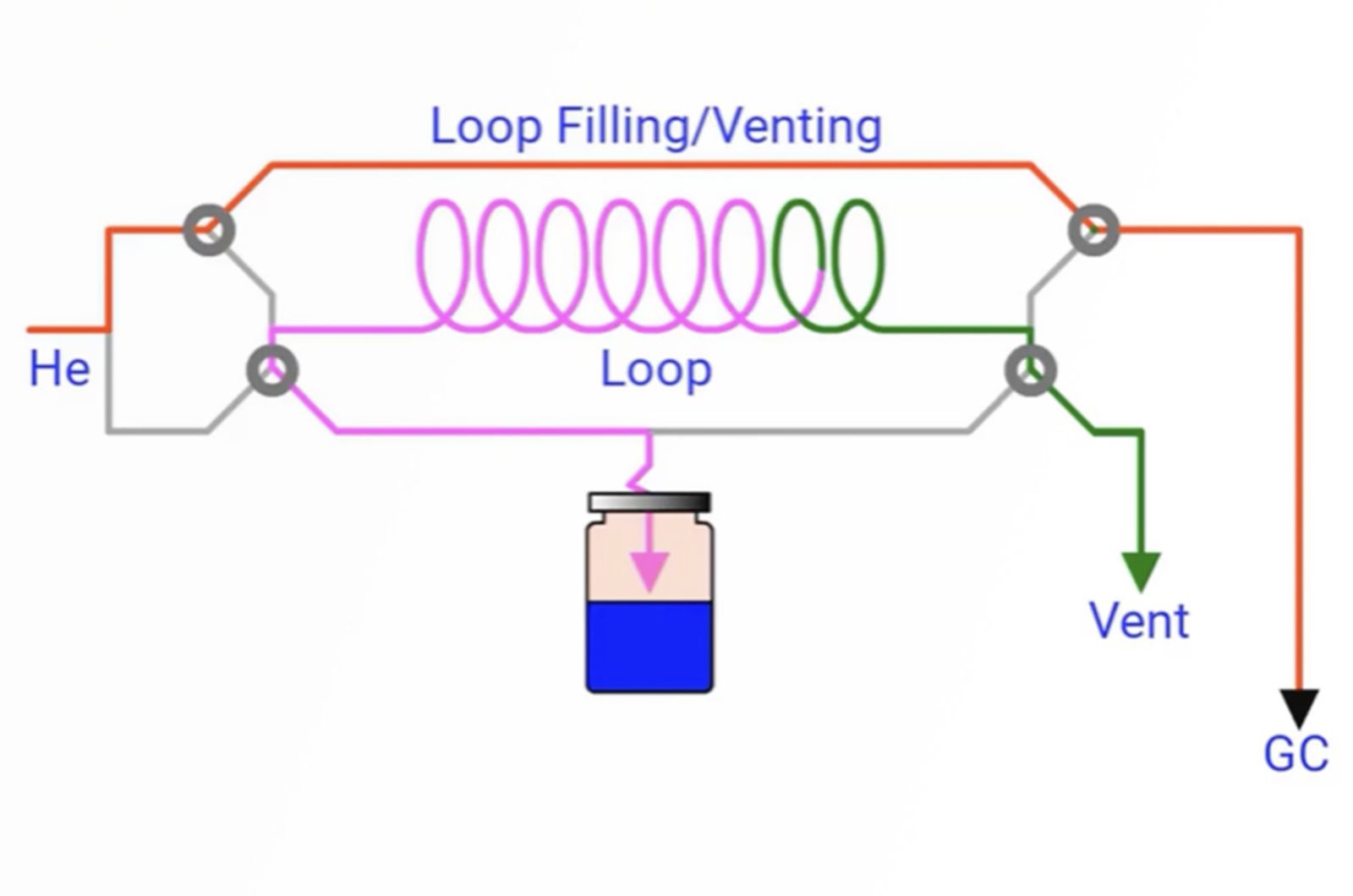
Everything You Should Know About Headspace GC
If you work with volatile or trace analytes, are involved in the development of GC methods for samples in low volatility sample matrices, work with dirty sample matrices which could cause contamination of your GC system, or simply want to expand your knowledge of GC sampling techniques then this is the webcast for you. Let the CHROMacademy team teach you how to use and optimize headspace GC to improve your analyte sampling.
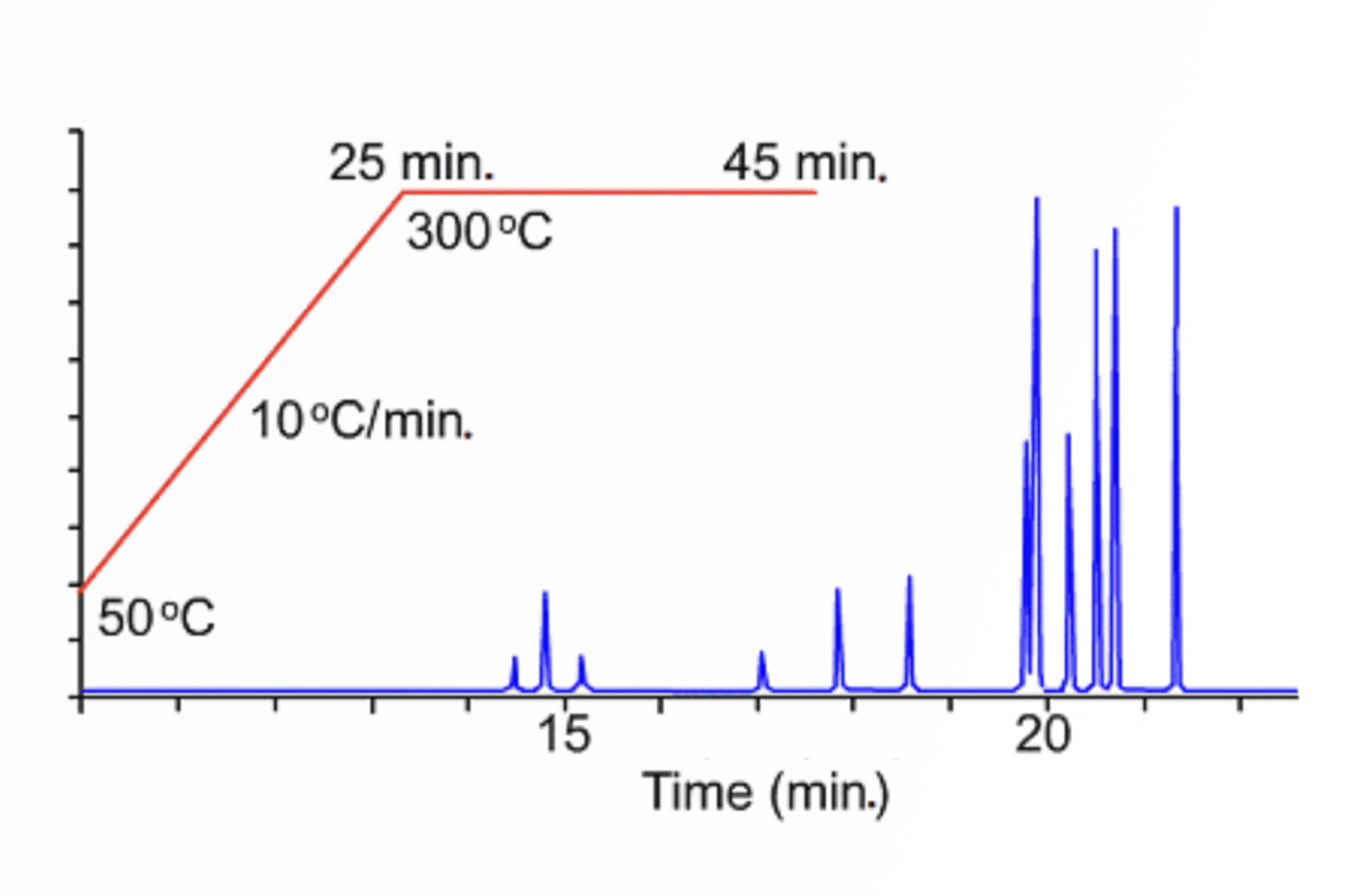
GC Temperature Programming - 10 Things You Absolutely Need to Know
Find out what has made it onto our top ten list of things you absolutely need to know about GC temperature programming in this webcast.
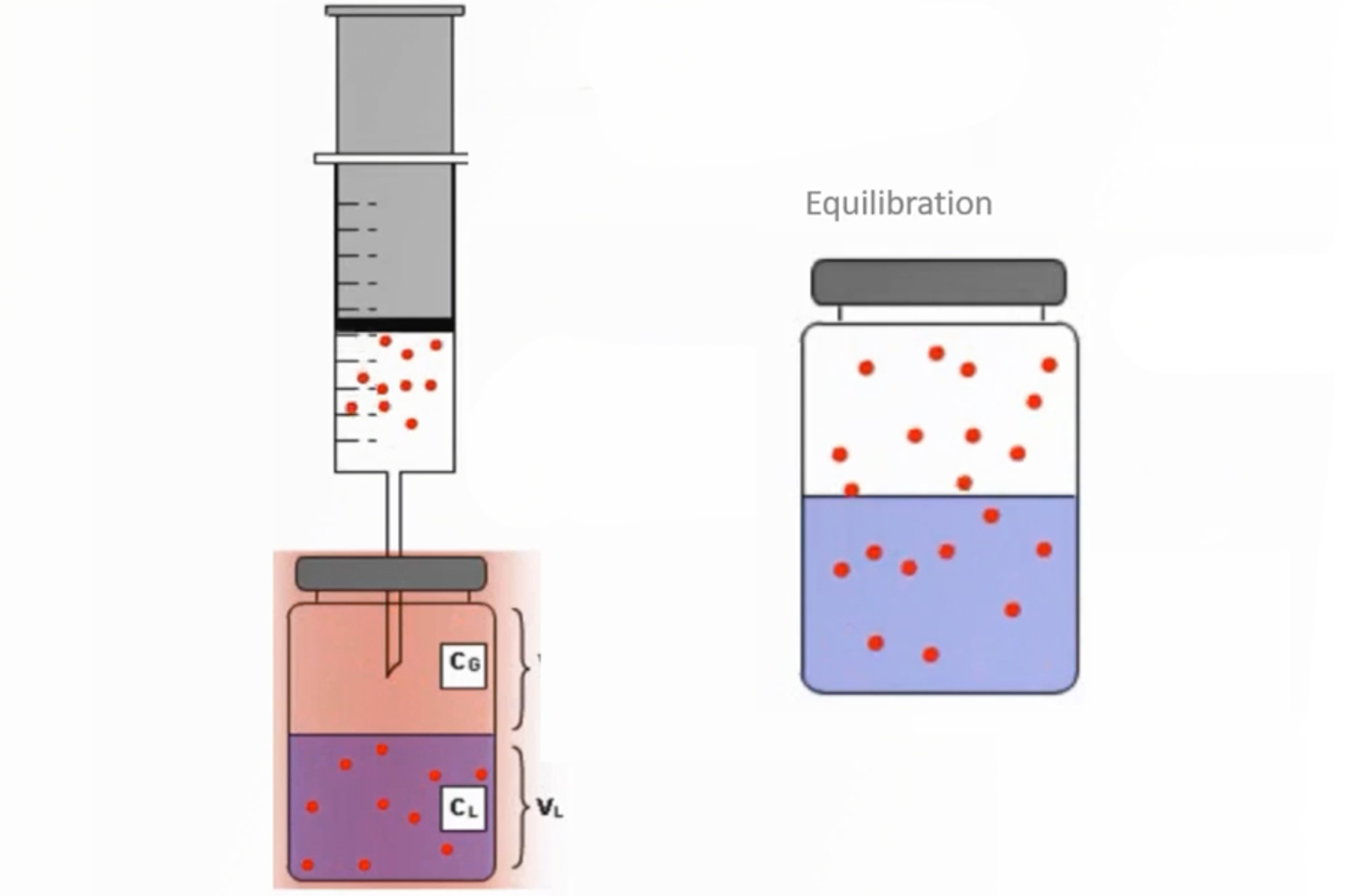
GC Sampling Techniques - Headspace
Headspace GC is used to determine volatile species released into an enclosed space above the sample (the headspace). In the following short video we consider how the technique works and any parameters which should be optimized.
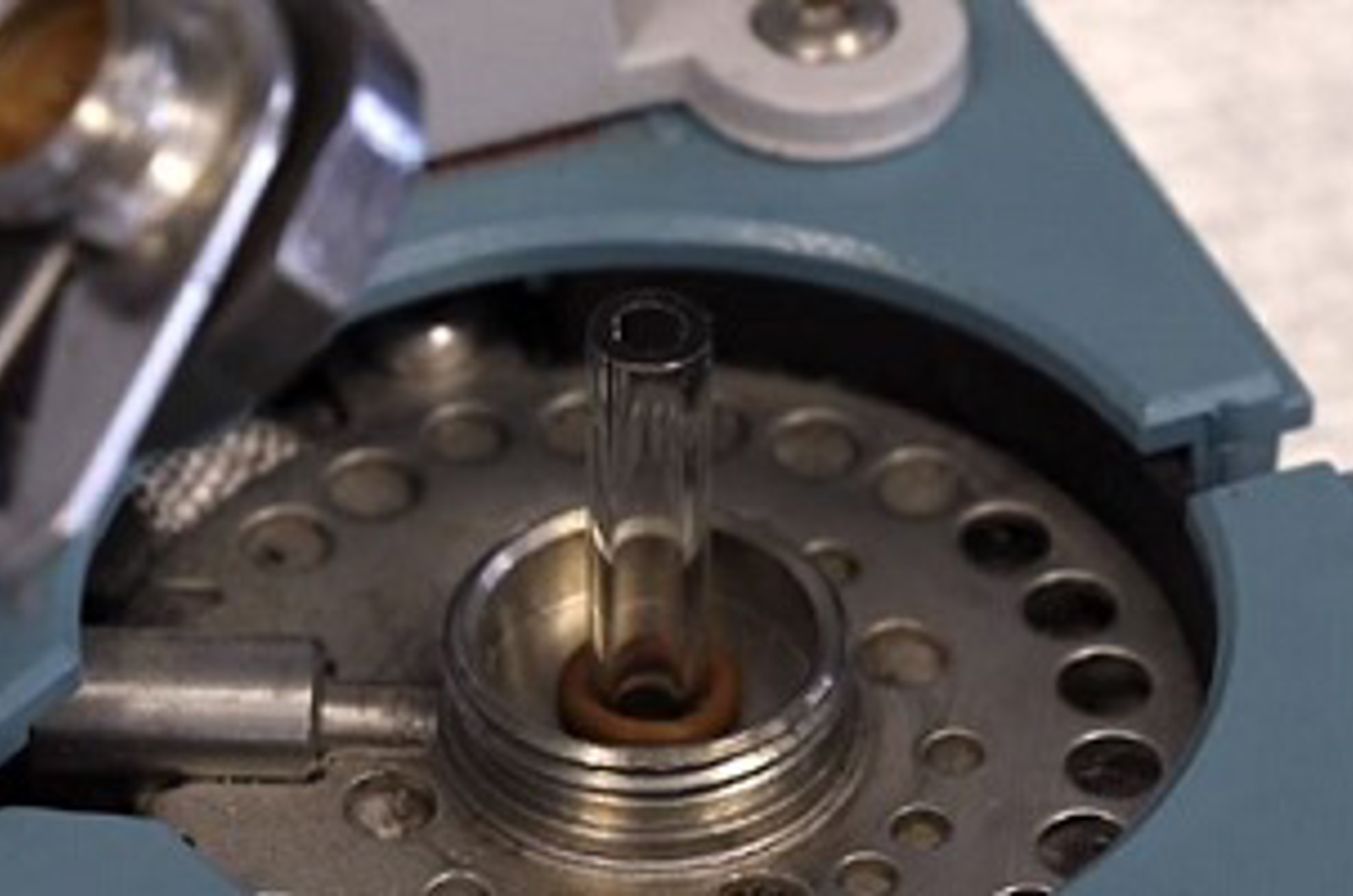
Practical GC Video Bootcamp
A step by step guide to setting up a GC instrument. From checking the cylinders, dismantling the inlet, to correctly installing a column and lighting an FID. All before shutting the instrument down correctly. This practical module uses video filmed on a GC instrument in the lab to ensure that you get the most realistic walk through of the instrument; allowing you to correctly setup your instrument every time to get the most from it and decrease down-time by avoiding common mistakes.
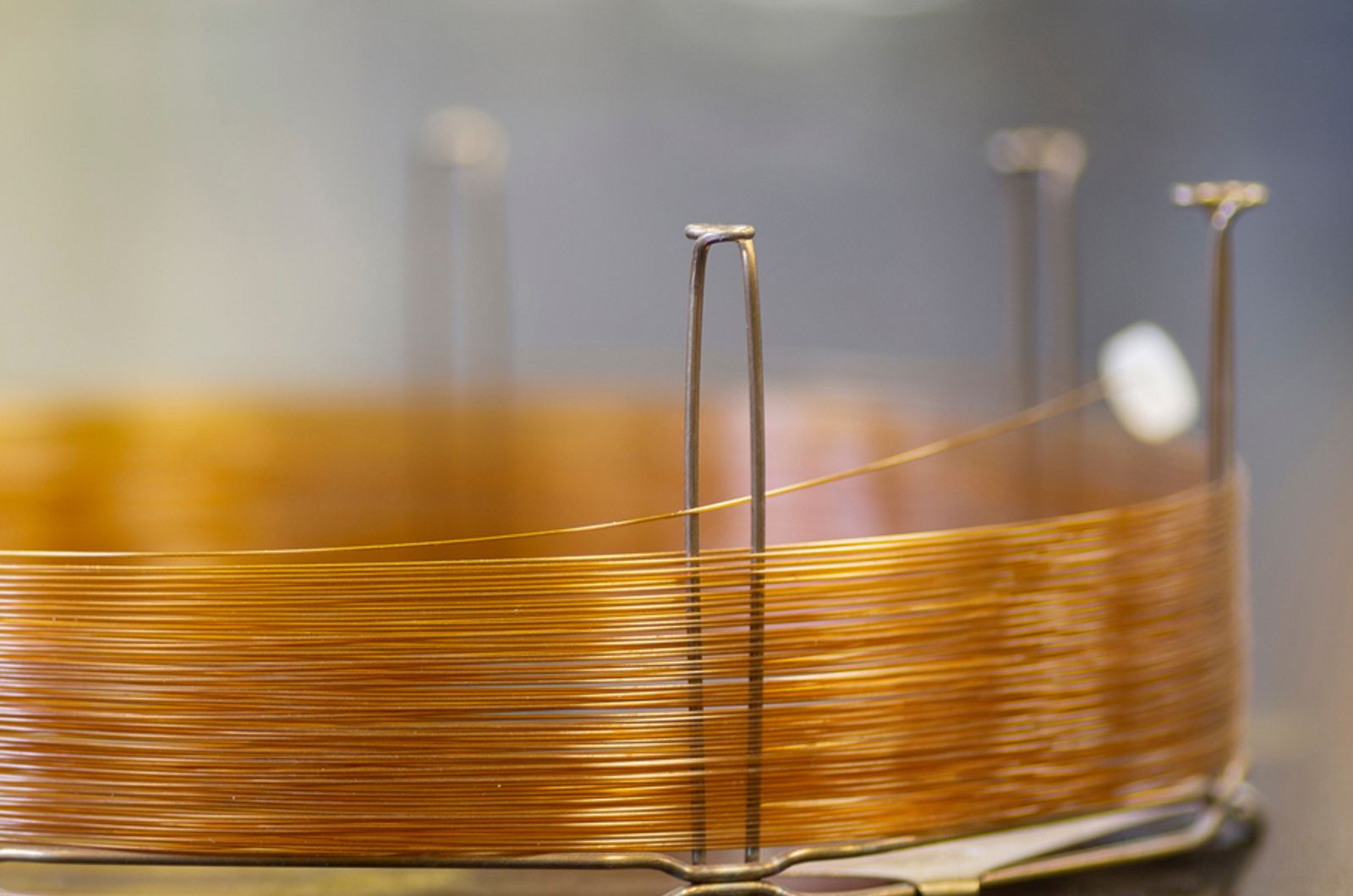
CHROMTalks GC Series
Highly experienced speakers from industry and academia take some time to discuss their past (and more recent) experiences with chromatography and impart their key learnings. From heroic failures that have taught them valuable lessons, to moments of inspirational serendipity, and everything in between, these relaxed, unconventional, and often humorous presentations will be invaluable to everyone working in separation science.
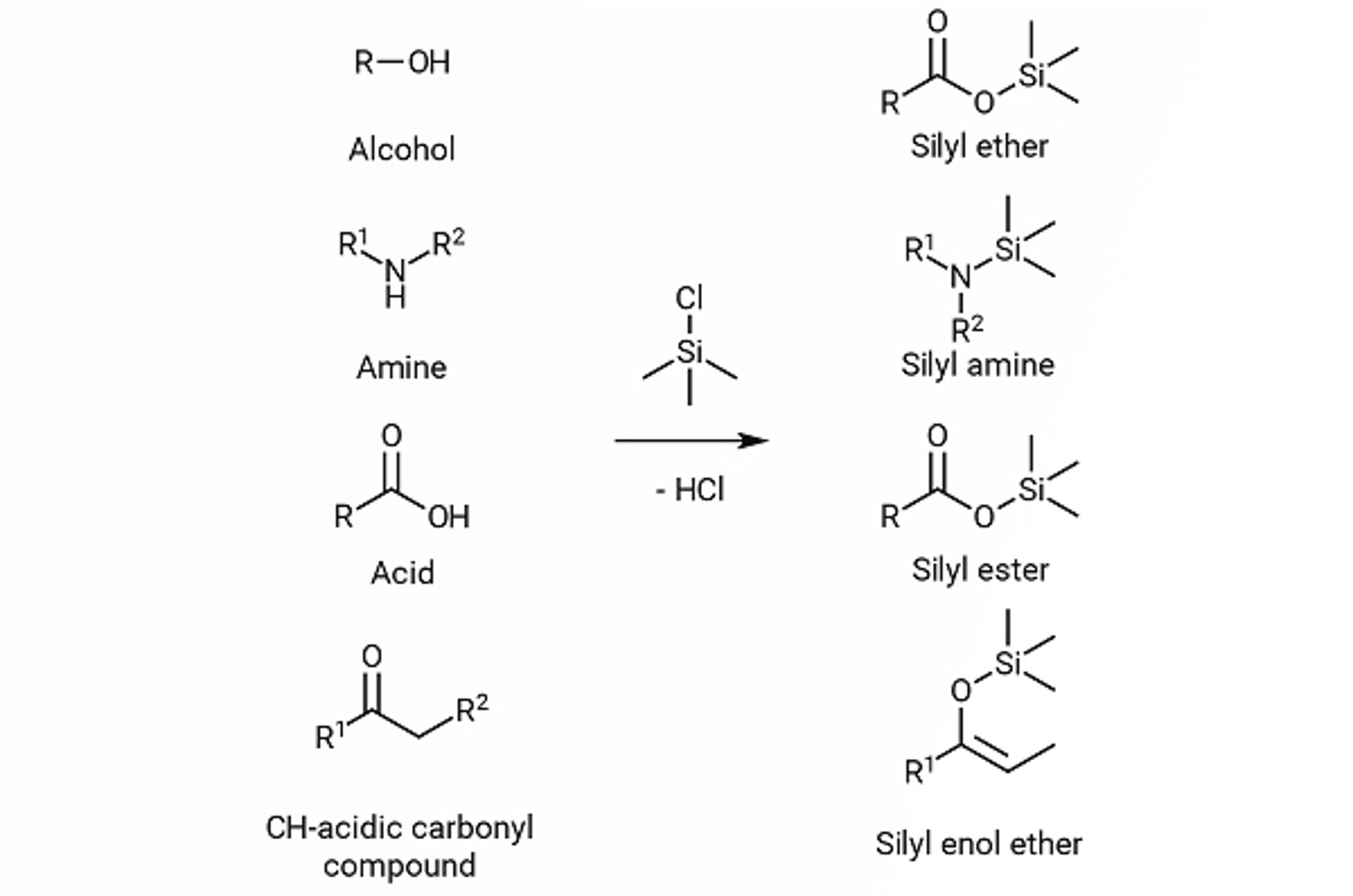
GC Derivatization
Primarily derivatization is used to increase analyte volatility. However it can also produce thermally stable compounds, reduce interactions with surfaces in the GC system which result in irreproducible peak areas, heights, and shapes, as well as, improve resolution and detection. Although derivatization is well studied with plenty of literature references, learn about the reactions which take place and which are suitable for your analyte.

Preparing Standards for GC
This module details the optimum technique for successfully preparing GC standards.
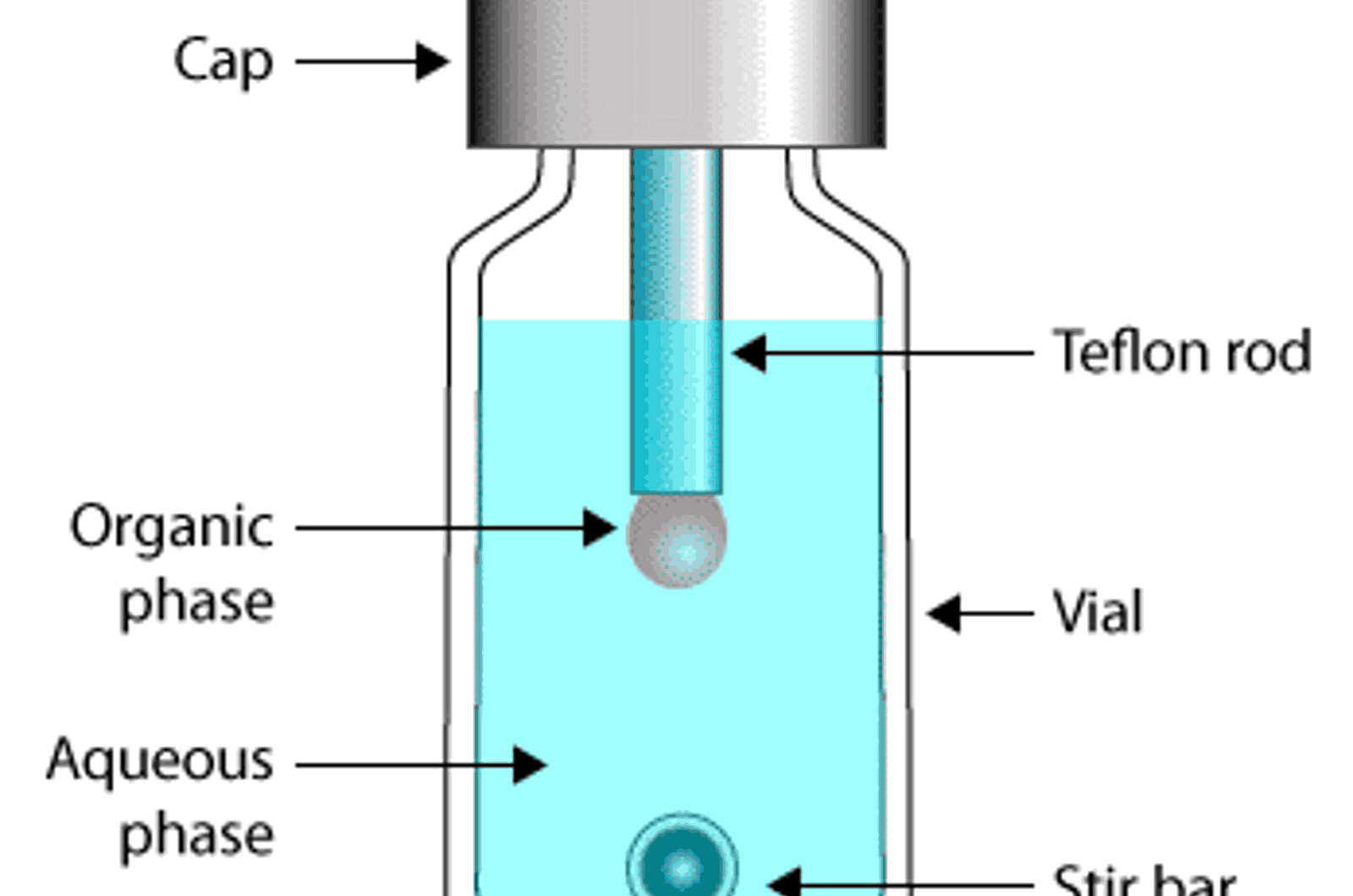
CHROMtalks - Current Issues with Sample Preparation for Gas Chromatography
There are a wide variety of techniques available for the preparation of samples prior to analysis by gas chromatography (GC). Among recent developments are faster, greener extraction methods and microextraction techniques that have been applied to a variety of sample matrices. High-throughput workstations for faster preparation and analysis of a large number of samples have revolutionized sample processing in a variety of fields. The advantages and disadvantages as well as some key issues with modern sample preparation techniques for GC will be discussed.
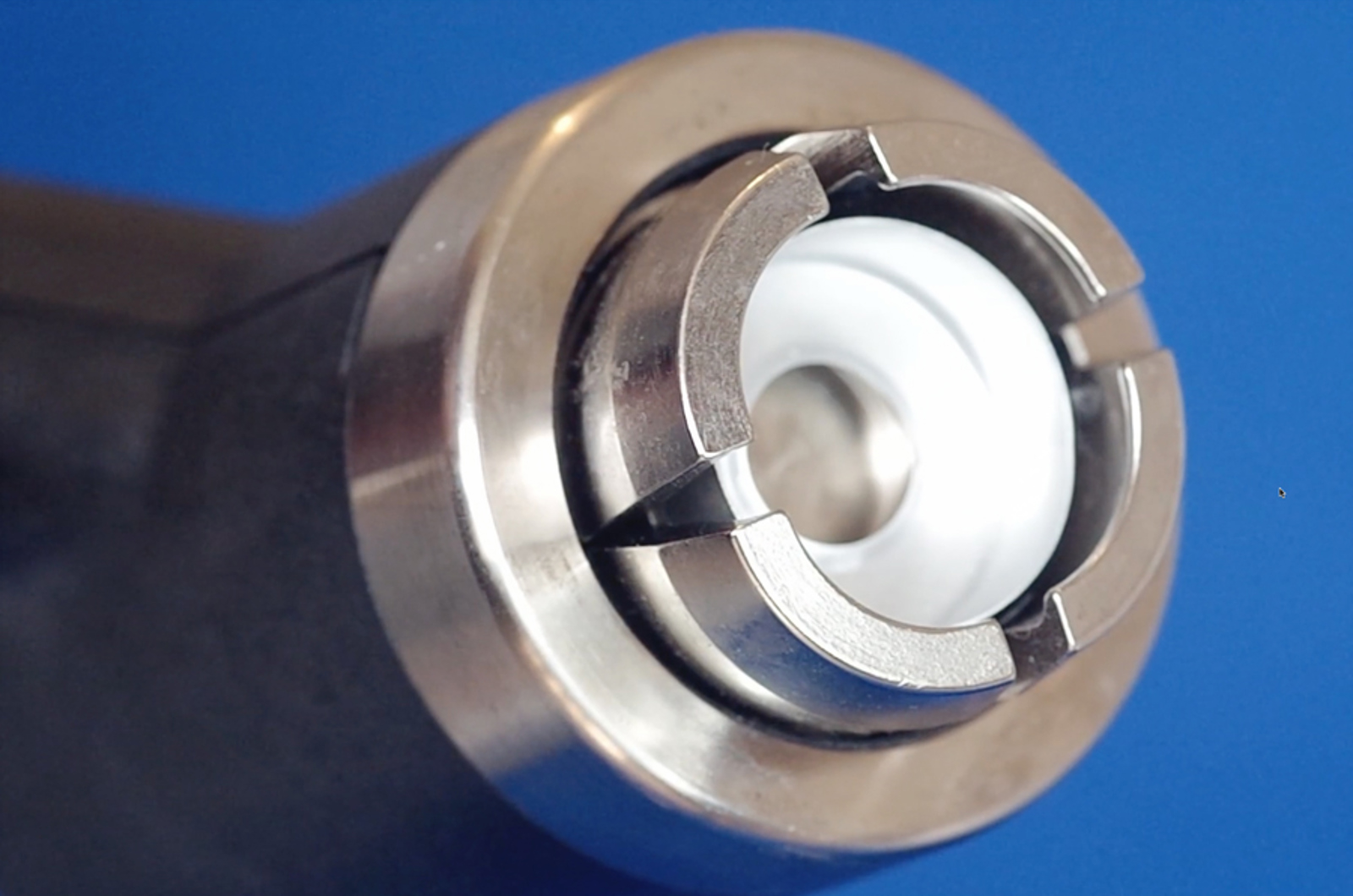
GC Headspace Vial Crimping
An improperly crimped vial is the most common cause of poor method performance in GC headspace analysis. The seemingly routine task of obtaining an optimal seal consistently is often poorly understood, resulting in poor precision and sensitivity. This short video shows you how to get the optimal seal every time and highlights how to avoid common errors. Taking a few minutes to watch this video could significantly improve the performance of your headspace analysis.
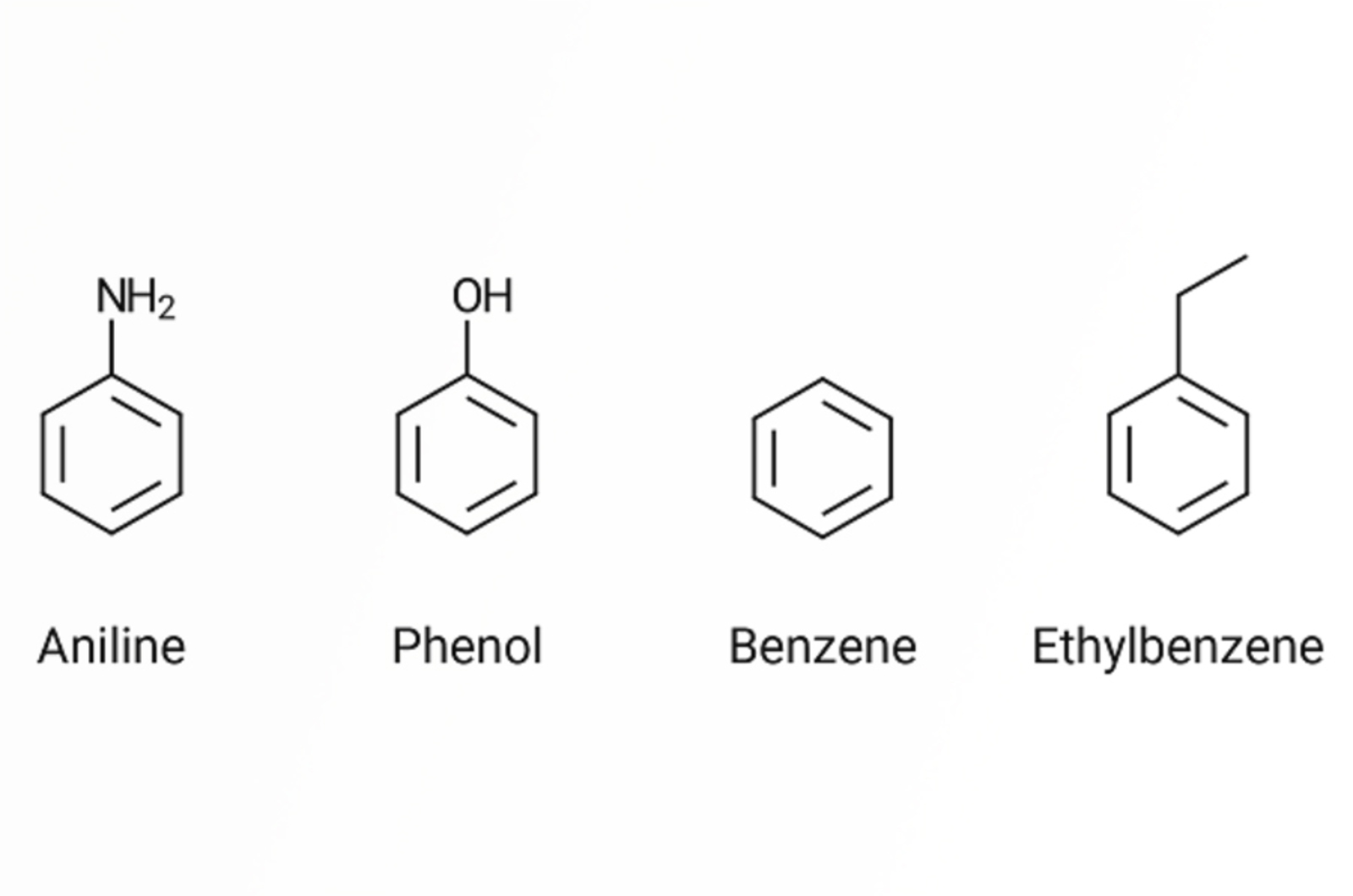
Internal Standards
Internal standards are an approach we use to improve method precision. Although our aim during method development is to always achieve methods with the best precision we can, there are certain applications that fundamentally cannot deliver good precision. This module will consider all of the practicalities of selecting and using internal standards correctly.
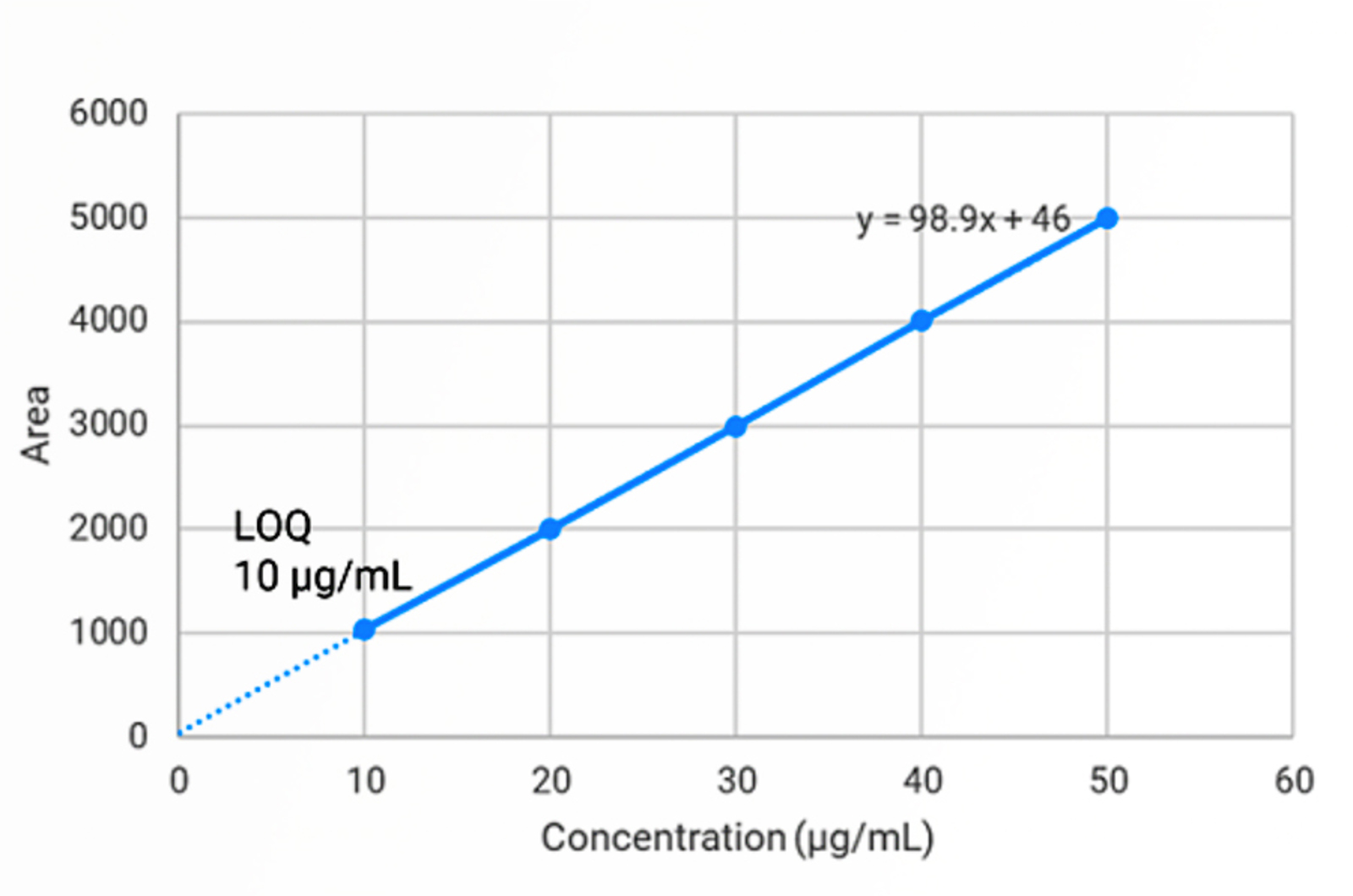
Introduction to System Suitability for Gas Chromatography
As part of that sequence, we perform additional injections which allow us to verify that the entire GC system is working correctly, this is system suitability. The actual parameters assessed during system suitability vary between companies, the type of analysis we are performing, and the method/compounds being used. This module outlines some of the common system suitability tests we see in GC analyses.
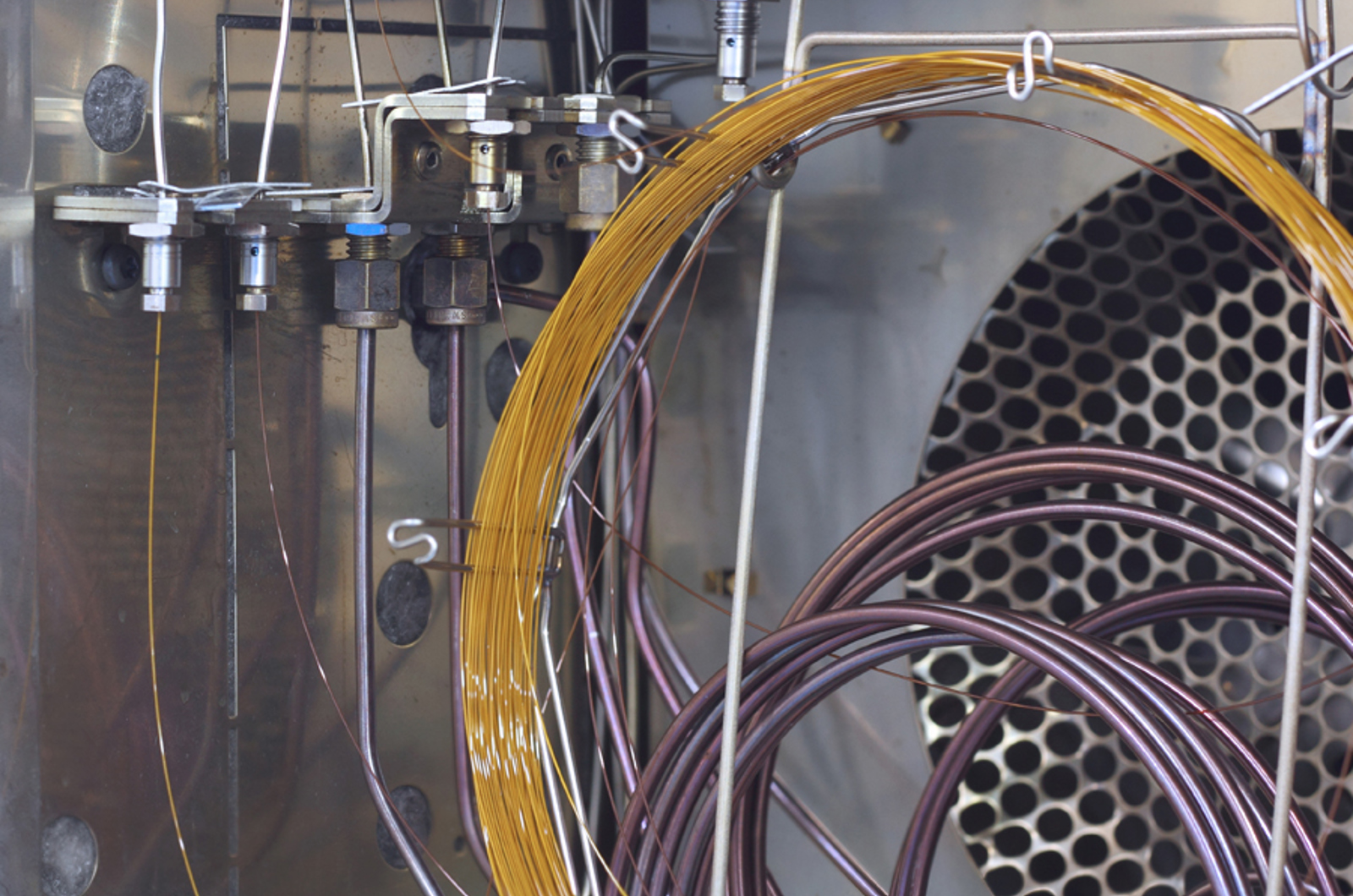
GC Method Review
When performing an analysis, we follow a written method. This contains all the instructions and settings by which the analysis is performed. For even a simple method, this requires a lot of knowledge and experience. In this module an experienced analyst walks you through all parts of a typical method, explaining all the important areas that require understanding and planning.
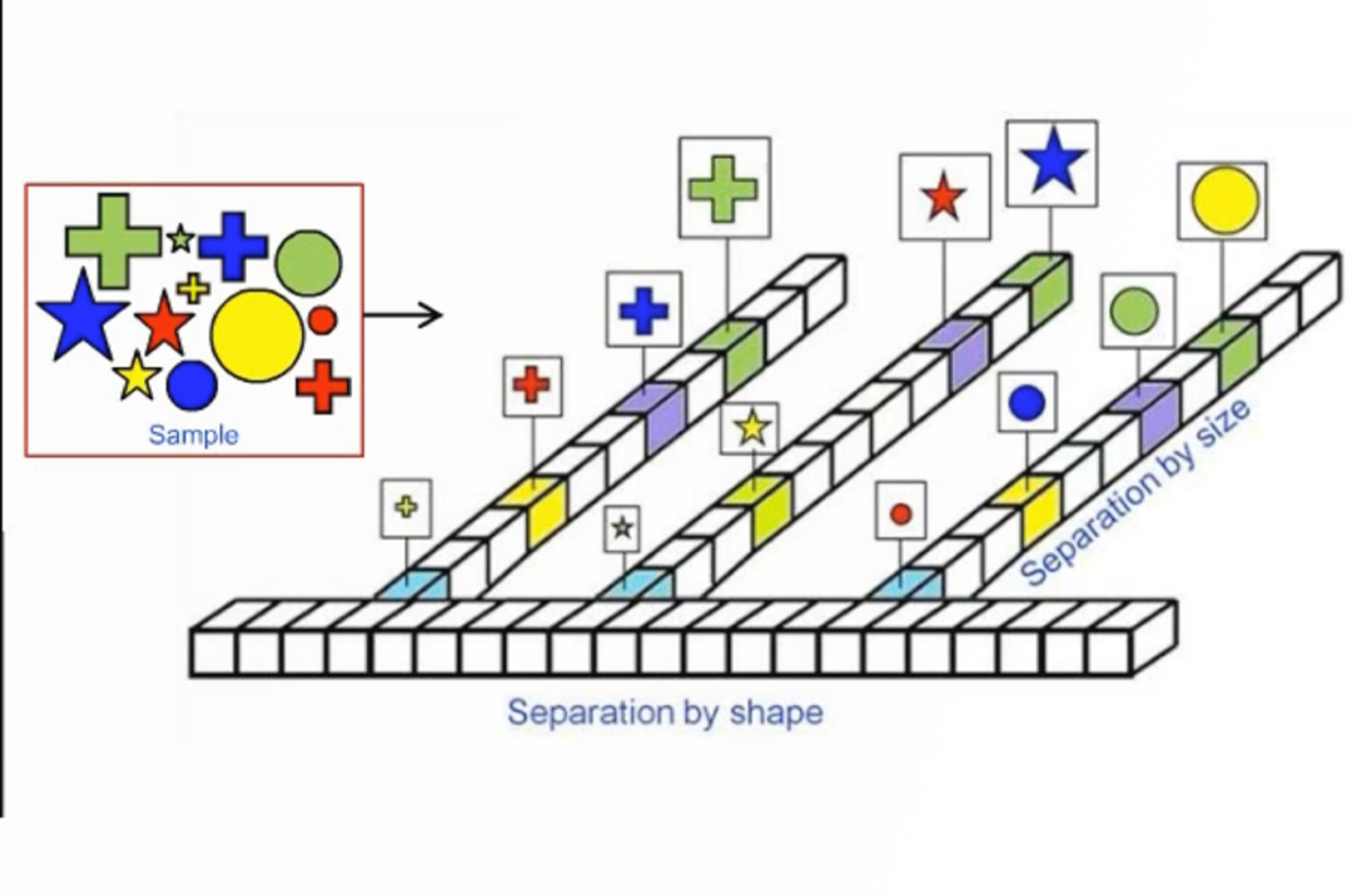
Understanding 2D Gas Chromatography
The session will consider the need for multidimensional separations in gas chromatography and the application areas in which this technique has found great utility, as well as the various means by which 2D serial column GC can be achieved. We will consider the instrumentation required for the comprehensive 2D technique, with special emphasis on column stationary phase and dimensions as well as the design and role of the modulator within the system.
